Author: Paul Amico
Released by New Zealand’s Plant and Food Research in 2015 and named after the Māori word for island, Moutere is a dual-purpose hop that’s high in both alpha acid and oil content. Existing descriptors of the characteristics this relatively new variety imparts to beer include intense citrus, tropical fruit, and resinous pine, making it ideal for modern IPA.

Alpha: 17.5 – 19.5%
Beta: 8 – 10%
Cohumulone: 26% of alpha acids
Total Oil: 1.7 mL/100g
Myrcene: 22.2%
Humulene: 15.2%
Caryophyllene: 5.8%
Farnesene: 0.3%
Linalool: unknown
ß-Pinene: unknown
Geraniol: unknown
Parentage: New Zealand Southern Cross and a selected New Zealand male
Given the description of Moutere, I was surprised this variety hasn’t received much attention, as it sounds like a great hop to use for “juicy” NEIPA. Having never used it myself, I was excited to see how it’d perform when used on its own.
| MAKING THE BEER |
I went with the standard Hop Chronicles Pale Ale recipe for this batch in hopes of letting the hop character shine.
Moutere Pale Ale
Recipe Details
| Batch Size | Boil Time | IBU | SRM | Est. OG | Est. FG | ABV |
|---|---|---|---|---|---|---|
| 5.5 gal | 60 min | 41.8 IBUs | 5.6 SRM | 1.053 | 1.012 | 5.4 % |
| Actuals | 1.053 | 1.01 | 5.7 % | |||
Fermentables
| Name | Amount | % |
|---|---|---|
| Lamonta American-style Pale Malt (Mecca Grade) | 10 lbs | 83.33 |
| Vanora Vienna-style Malt (Mecca Grade) | 2 lbs | 16.67 |
Hops
| Name | Amount | Time | Use | Form | Alpha % |
|---|---|---|---|---|---|
| Moutere | 12 g | 40 min | Boil | Pellet | 15.1 |
| Moutere | 12 g | 15 min | Boil | Pellet | 15.1 |
| Moutere | 16 g | 10 min | Boil | Pellet | 15.1 |
| Moutere | 56 g | 2 min | Boil | Pellet | 15.1 |
| Moutere | 56 g | 4 days | Dry Hop | Pellet | 15.1 |
Yeast
| Name | Lab | Attenuation | Temperature |
|---|---|---|---|
| Dieter (G03) | Imperial Yeast | 75% | 60°F - 69°F |
Notes
| Water Profile: Ca 92 | Mg 1 | Na 10 | SO4 153 | Cl 50 |
Download
| Download this recipe's BeerXML file |
I started this brew day by collecting the full volume of water and adjusting it to my desired profile before flipping the switch on my Clawhammer electric controller to get it heating up.
I then weighed out and milled the grains.
When the water was properly heated, I stirred in the grains and check to make sure the mash was at my intended temperature.
During the mash rest, I weighed out the kettle hop additions.
When the 60 minute mash rest was finished, I removed the grains from the sweet wort and set the controller the heat it up.
Following a 60 minute boil, I used my CFC to chill the wort during transfer to a sanitized fermenter.
A refractometer reading showed the wort was right at my target OG.
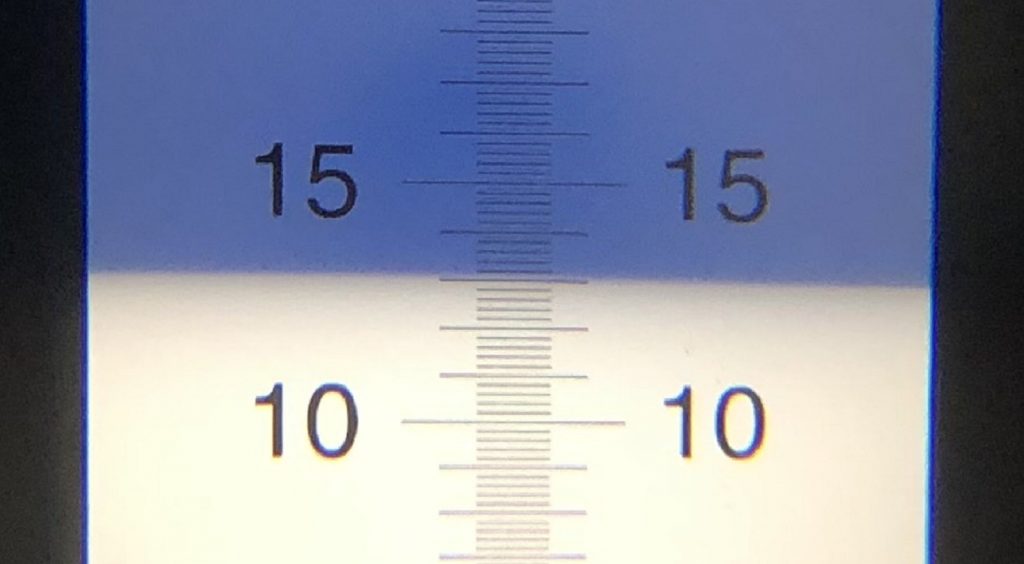
Using leftover wort, I made a vitality starter of Imperial Yeast G03 Dieter and let it sit for 4 hours before pitching it into the wort.
The beer was left to ferment at 66°F/19°C for 10 days before I took a hydrometer measurement confirming FG was reached.
With fermentation complete, I pressure transferred the beer to a CO2 purged keg.
The filled keg was placed in my keezer and burst carbonated overnight before I reduced the gas to serving pressure. After a week of conditioning, I began serving it to blind tasters.
| METHOD |
Participants were instructed to focus only on the aromatic qualities of the beer before evaluating the flavor. For each aroma and flavor descriptor, tasters were asked to write-in the perceived strength of that particular characteristic on a 0-9 scale where a rating of 0 meant they did not perceive the character at all and a 9 rating meant the character was extremely strong. Once the data was collected, the average rating of each aroma and flavor descriptor was compiled and analyzed.
| RESULTS |
Due to social distancing practices as a result of the COVID-19 pandemic, data for this Hop Chronicles was unable to be collected in our typical manner. As such, temporary adaptations were made.
A total of 7 people participated in the evaluation of this beer, all blind to the hop variety used until after they completed the survey. The average aroma and flavor ratings for each descriptor were plotted on a radar graph.
Average Ratings of Aroma and Flavor Perceptions
The 3 characteristics endorsed as being most prominent by participants:
| Aroma | Flavor |
| Citrus + Tropical Fruit (tie) | Citrus |
| Apple/Pear | Melon |
| Stone Fruit + Floral (tie) | Floral |
The 3 characteristics endorsed as being least prominent by participants:
| Aroma | Flavor |
| Dank/Catty | Berry |
| Onion/Garlic | Stone Fruit |
| Grassy | Earthy/Woody |
When asked to rate the pungency/strength of the hop, most tasters perceived it as being mildly to moderately pungent.
Tasters were then instructed to identify beer styles they thought the hop would work well in.
Finally, participants were asked to rate how much they enjoyed the hop character on a 1 to 10 scale.
My Impressions: To my nose, this beer was led by moderate tropical fruit with citrus and maybe a little berry way off in the distance. While those characteristics were present in the flavor, I got mostly spicy/herbal, which was curiously absent in the aroma. I personally feel Moutere would work well in Saison or other Belgian ales, and I’ll likely not be using it hoppier American styles in the future.
| CONCLUSION |
New Zealand has come to be revered by brewers for producing hops with pungent fruity characteristics that are perfect for modern IPA. Oddly, one Kiwi variety that hasn’t seemed to get much attention is Moutere, which in addition to possessing high alpha acid levels, has high amounts of the oils known to impart desirable aromatics. As far as I can tell, I haven’t had a commercial beer that was made with this relatively new variety, and none of the homebrewing friends I surveyed have used it either, making me all the more excited to give it a go.
Given the COVID-19 pandemic, I was only able to serve this single-hopped Moutere beer to 7 participants before being quarantined. Of those, citrus and tropical fruit were the most highly rated aroma characteristics while citrus and melon were endorsed as being the strongest flavors. What’s more is ratings on less desirable characteristics including onion/garlic, grassy, and dank/catty were quite low. Based on this feedback, it makes sense that most tasters felt Moutere would work best in hoppy Pale Ale and IPA.
This is one of the first times since I started brewing for The Hop Chronicles that my impressions of the single-hopped beer didn’t align well with the blind taster data, as I personally felt the hop had a stronger spicy/herbal component with subtle tropical fruit and citrus. It wasn’t bad, I just think it’s better suited for less hoppy styles like Saison, though it’s possible smaller amounts in a pale lager or Blonde Ale would come across nicely as well.
Moutere hops are available now at Yakima Valley Hops, get them while you can! If you have any thoughts on this variety, please feel free to share them in the comments section below.
Support Brülosophy In Style!
All designs are available in various colors and sizes on Amazon!
Follow Brülosophy on:
FACEBOOK | TWITTER | INSTAGRAM
If you enjoy this stuff and feel compelled to support Brulosophy.com, please check out the Support page for details on how you can very easily do so. Thanks!


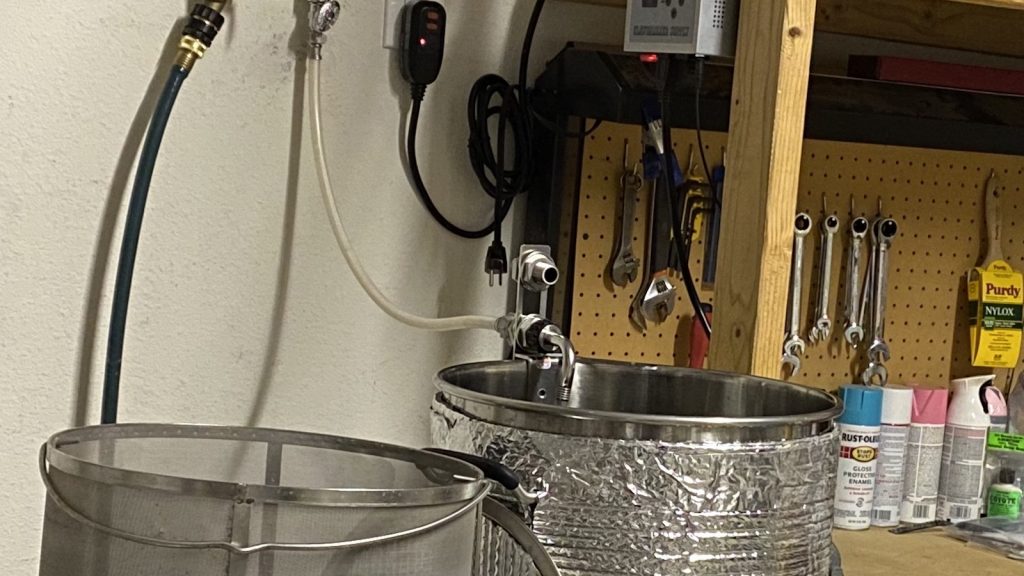
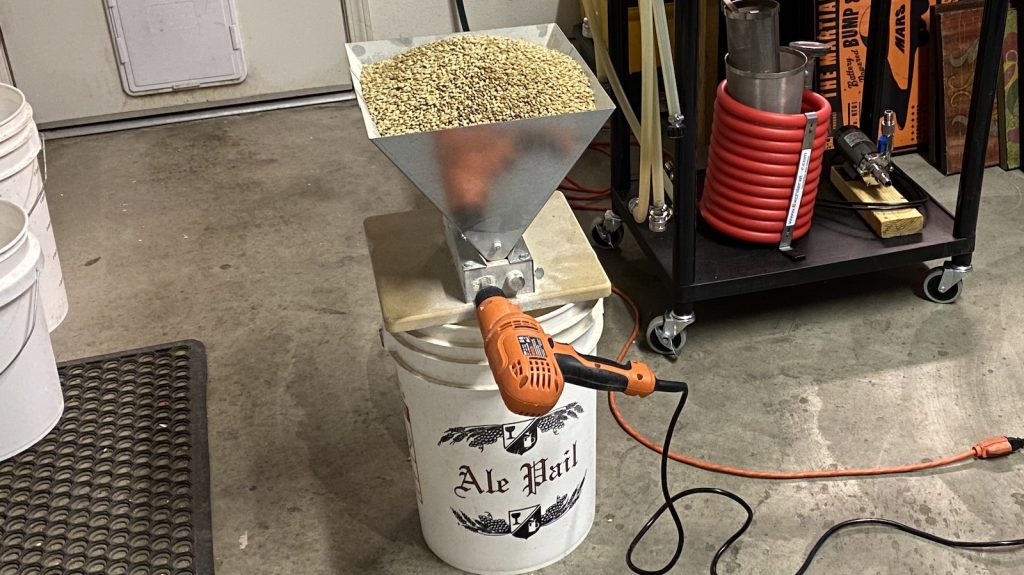
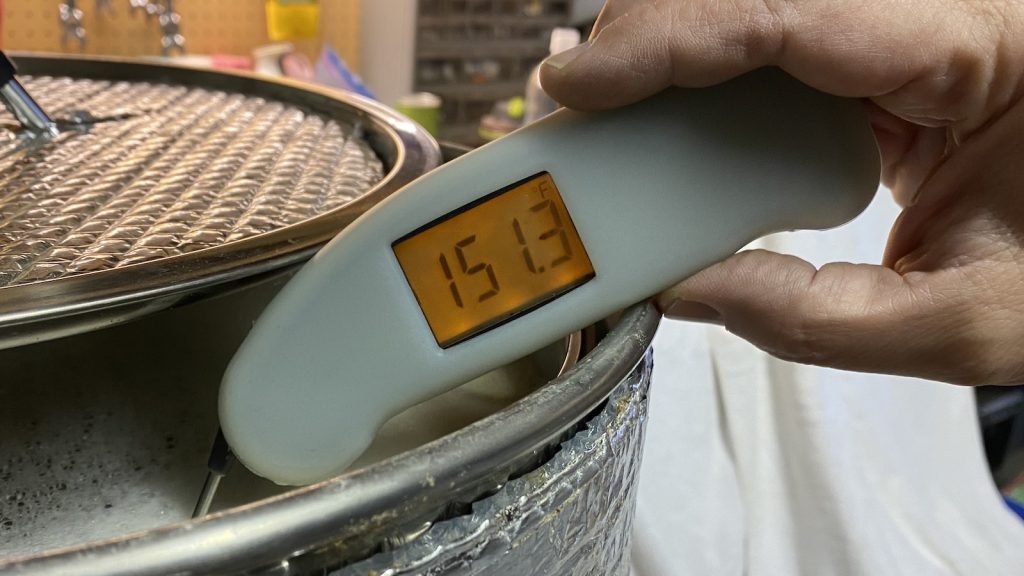
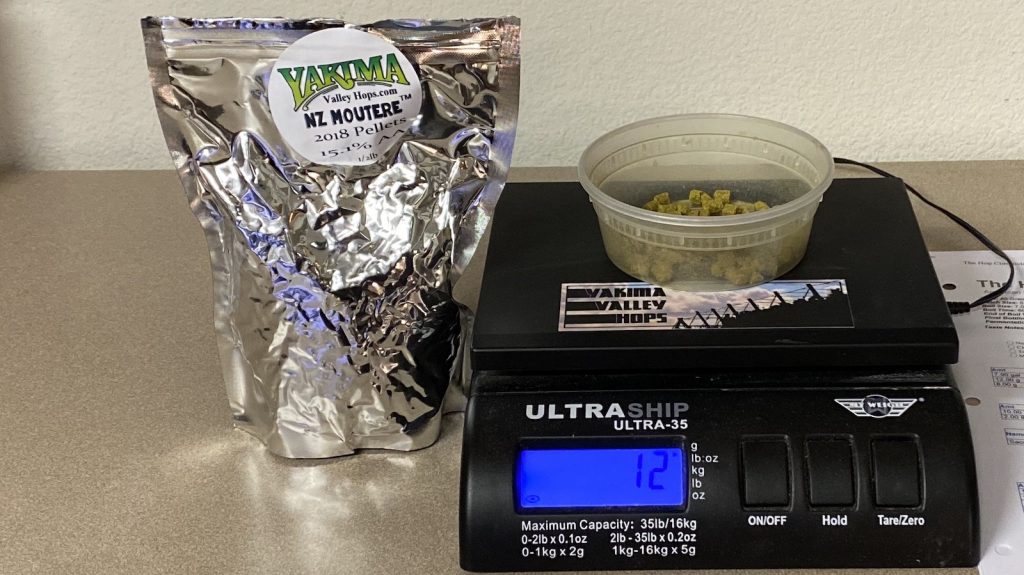
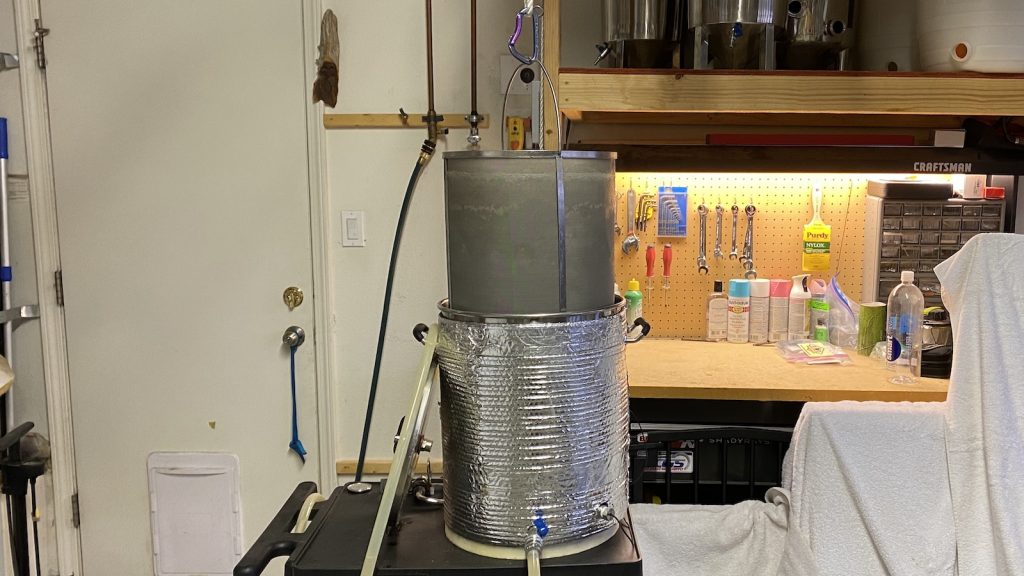
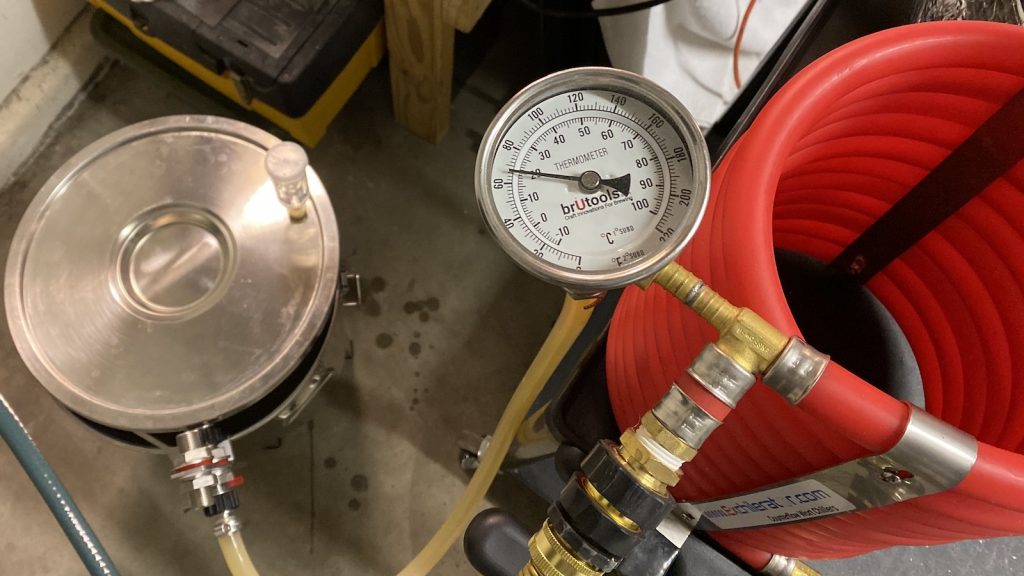
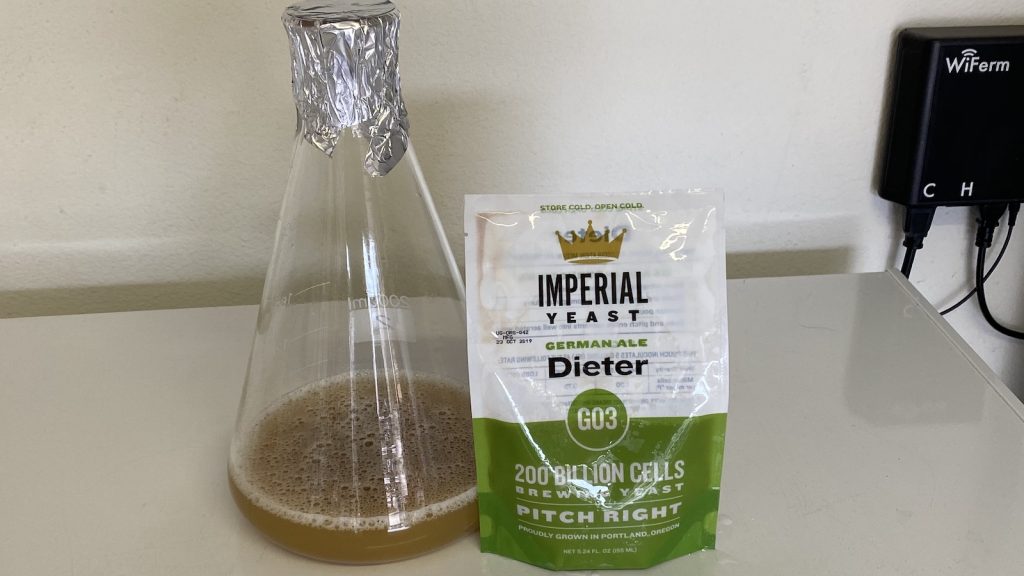
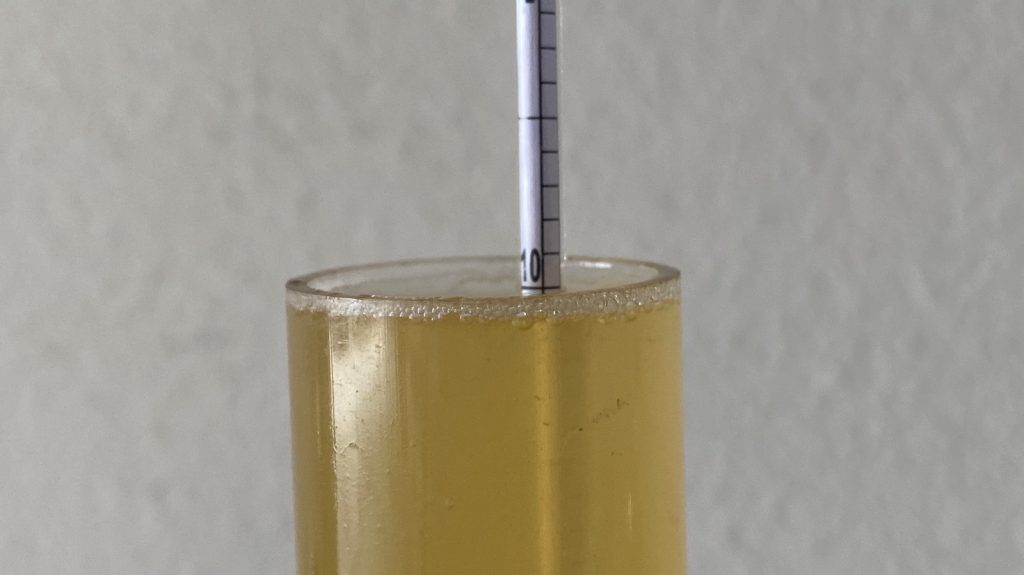
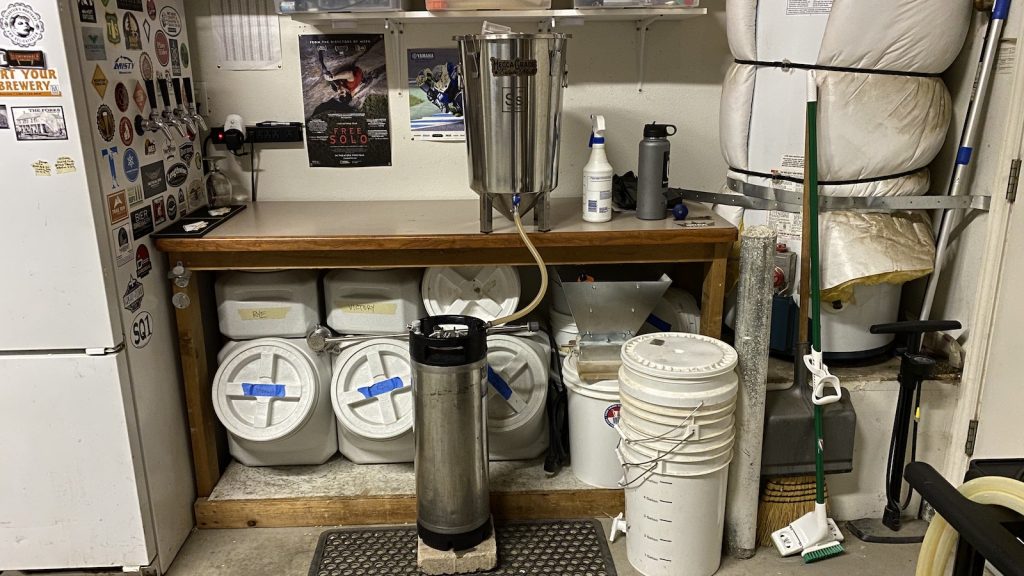
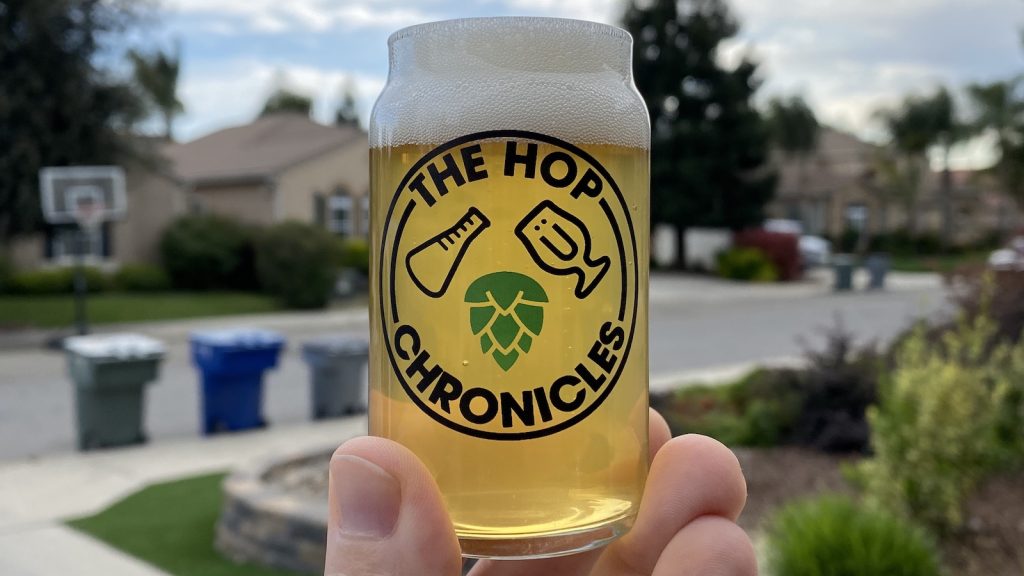

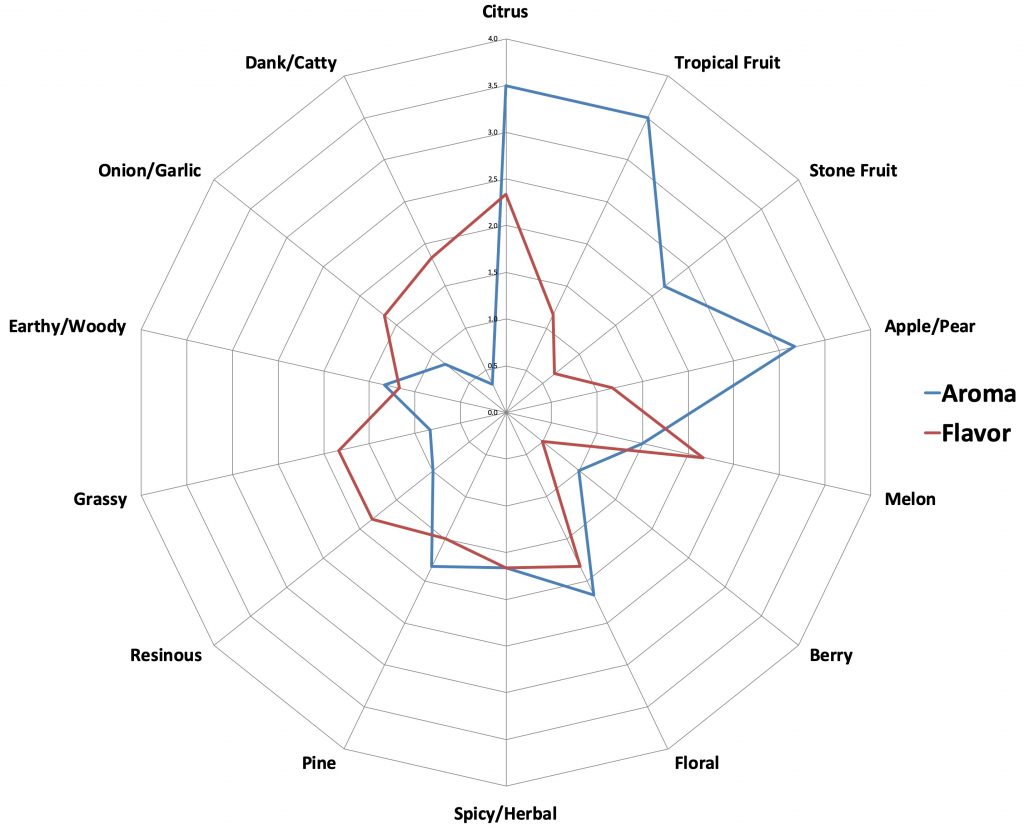
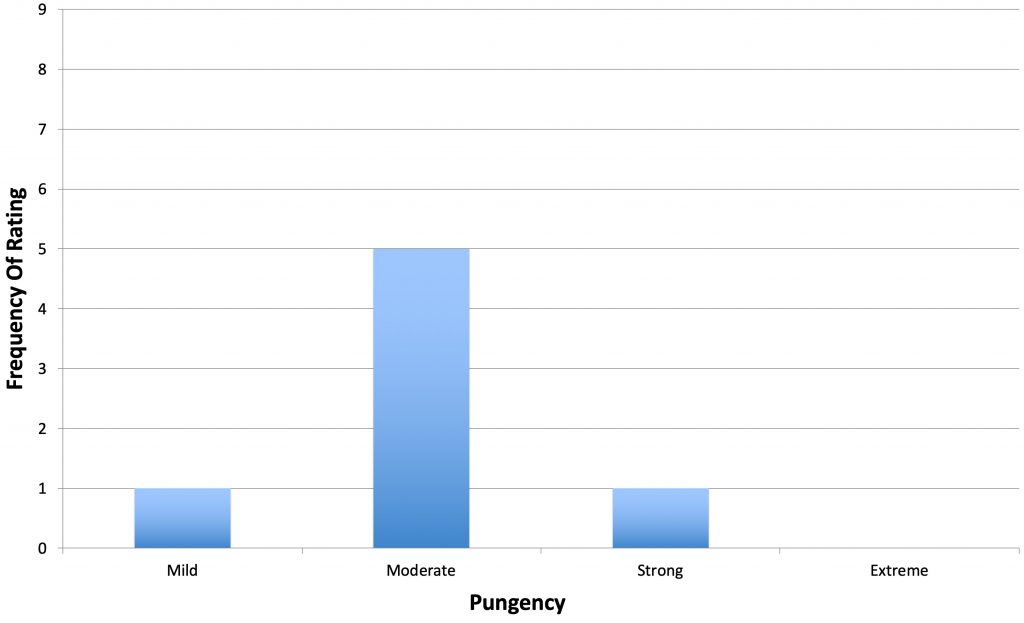
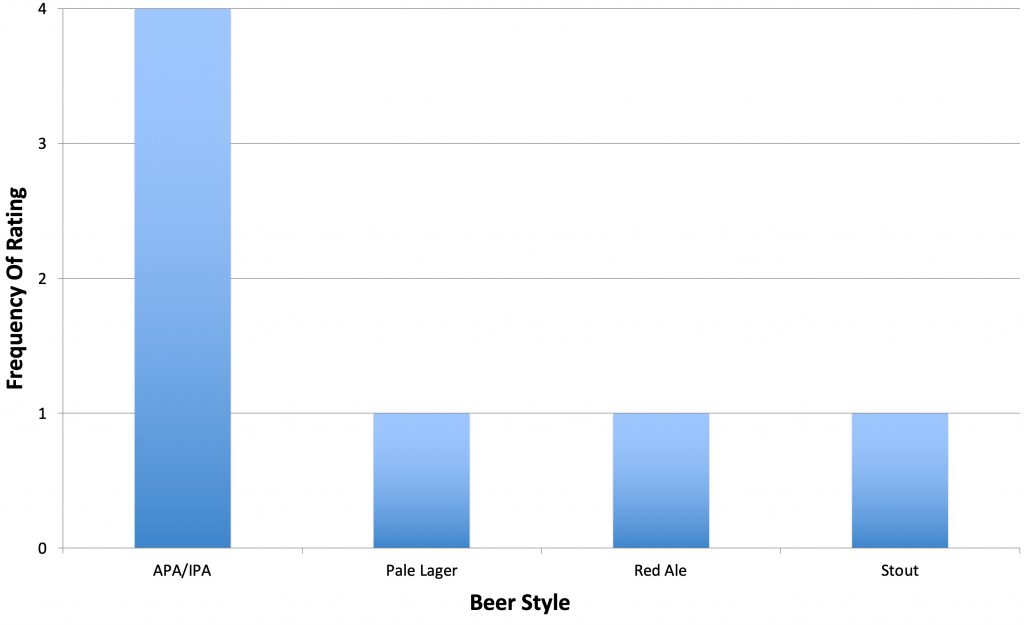
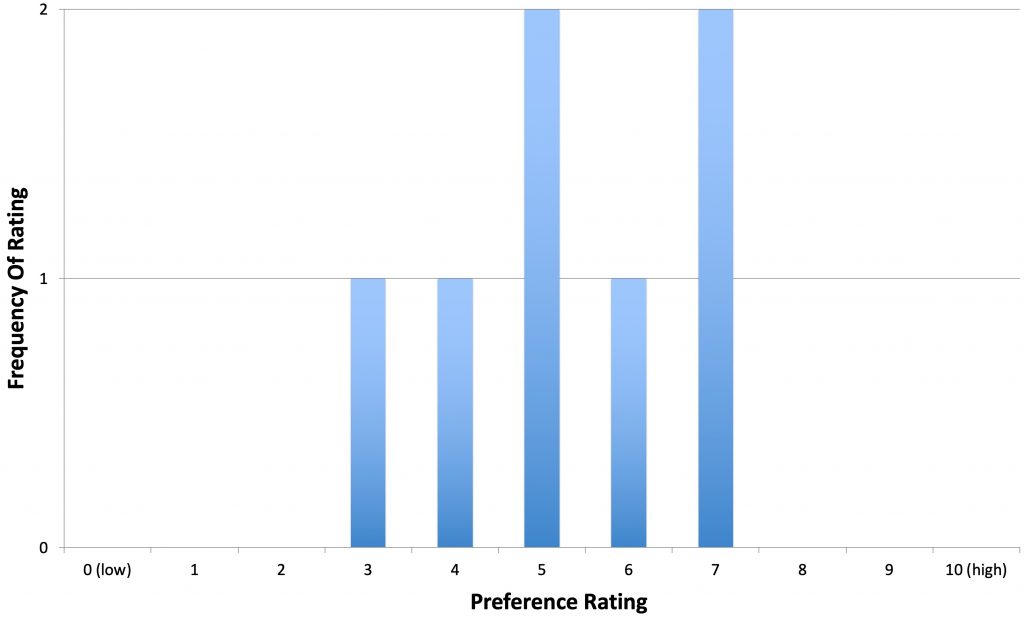











8 thoughts on “The Hop Chronicles | Moutere (2018) Pale Ale”
I use Moutere mostly as a bittering hop in my English IPA at a rate of 25 – 30 gms in a 27 litre batch for the full 60 minute boil. For aroma I use Citra and Riwaka for steeping at 75°C after boil and Wai-iti as dry hops for the final three days of fermentation.
Dieter = apple/pear Every time!
I was very surprised to see no flameout or whirl pool additions to this recipe. Lots of research, such as in “The New IPA” by Scott Janish shows whirl pool can add a lot to aroma and flavor.
Nice work again Paul! Looking back at these hop chronicles a recurring theme seems to be a moderate score of apple/pear in the aromawhen using Dieter. Having been someone who has used Dieter quite a bit, I believe the apple/pear aroma is coming from Dieter. I have found reducing the fermentation temp between 60-62 helps to suppress the ester. I usually don’t ramp the temp until fermentation has appeared to stop (about 4-5 days).
The next hop chronicle could be an xbmt within a xbmt. Anyway, I really appreciate all the work you do on these. Cheers 🍻
Thanks Will!
Based on some of the observations people have made (you included I believe) I reduced the initial temp to 62 for the latest batch of Hop Chronicles to see if we could reduce the perception of apple/pear. However, we’re now under our COVID restrictions so there’s no data collection!
Also, we’ve decided to move away from Dieter for awhile to change things up a bit. I think this will be the 3rd different yeast we’ve used for this project.
One of these days we’ll do the Dieter experiment you refer to. I certainly like that yeast for the Hop Chronicles.
Thanks for the response Paul. I also love using Dieter in pale ales and other styles. I’m actually making a pale ale tomorrow with it. Sucks you can’t get data on this most recent batch. Looking forward to see what you use next. Cheers 🍻
Nice article. Another New Zealand hop worth checking out for use in IPA’s is trial hop hort4337. Amazing tropical flavors, https://www.nzhops.co.nz/hort4337
Too bad the guy who always suggests using the hop in a Saison couldn’t make it 🙁 I hope he’s okay.